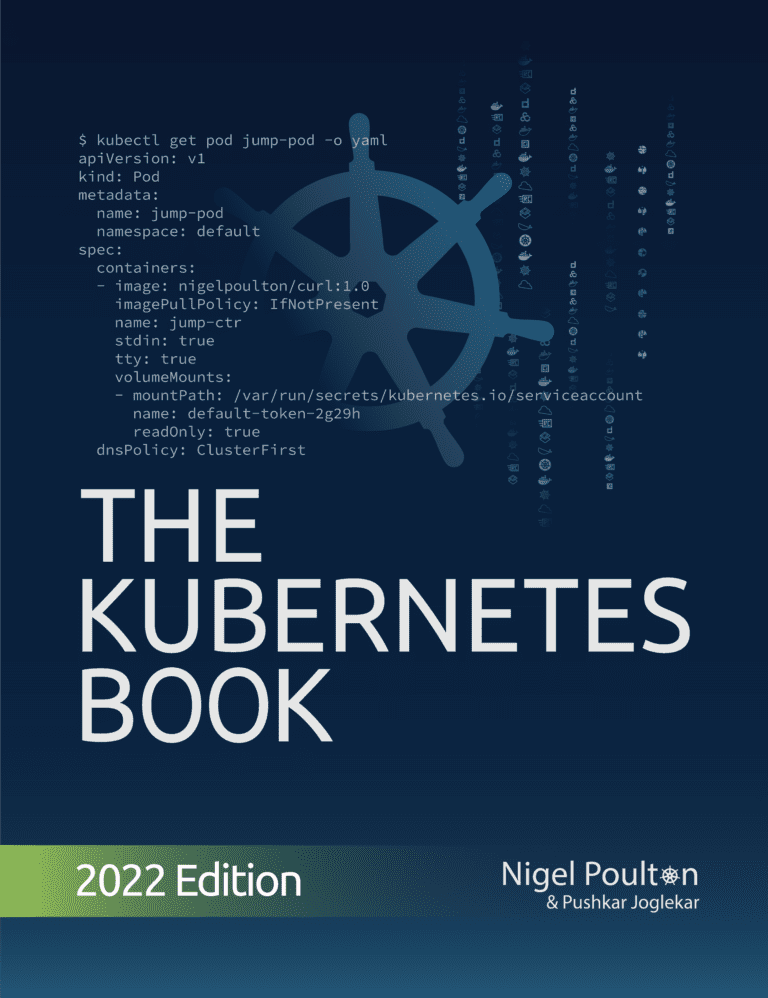Earlier this week, I read an interesting whitepaper from AWS about how public cloud providers are moving to 5G and optimizing their services to gain more market share. AWS in this whitepaper covers OpenRAN as one of these technologies, providing useful hints about new services around 5G SA networks. This whitepaper is a technical guide that describes the architecture and best practices for deploying OpenRAN solutions on the AWS cloud. The paper begins by providing an overview of OpenRAN and its key components, including the vRAN (virtual RAN) and CU (central unit), as well as the O-RAN (OpenRAN) Alliance and its goals.
Podman is a container engine that enables users to manage OCI-compliant containers on Linux systems without the need for a daemon. It is popular among users as an alternative to Docker due to its ease of adoption. However, the lack of support for Docker Compose, a command-line tool that coordinates multiple Docker containers for local development, has been a major concern for many users and the container community. Podman starts to support docker-compose from version 3.0 but changes in docker-compose from version 2.0 made some incompatibilities, so a community project called Podman Compose has been born. Podman Compose processes the Compose spec and translates it into Podman CLI commands [1].
Titel: “The Kubernetes Book”
Edition: 2022
Author: Nigel Polton
Link: Nigel Polton Website

Many people who tried to learn more about Kubernetes or Docker have heard the name Nigel Polton. He is one of the old guys or captains in this domain and prepared many Kubernetes and docker training videos, and tutorials besides the books.
Capturing telecom protocols or traffic for various purposes is a topic that has been discussed for a long time and always has been done with different tools or through some vendors.
One of the tools that help to capture protocols, especially SIP, is Homer. This project provides valuable tools to capture and monitor your VoIP network and use it for troubleshooting or analytics purposes.
RTPEngine is one of the best options among open-source solutions for RTP or media handling and it besides other platforms like Kamailio will give you many features or ready-to-go solutions.
When you are handling media sessions in IMS or any VoIP network, you should have a solution for recording, media barging or let’s say Lowful Interception (LI). LI in IMS has a long story and it is out of scope; for this post, we focus on call recording.
